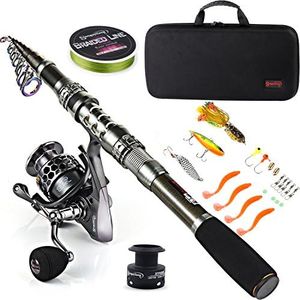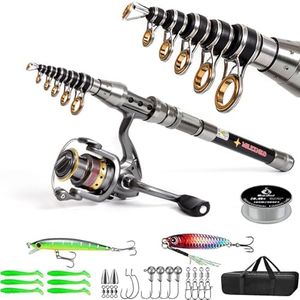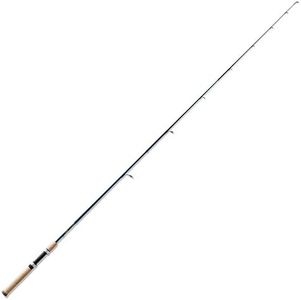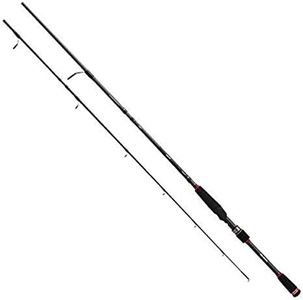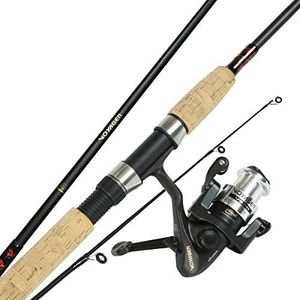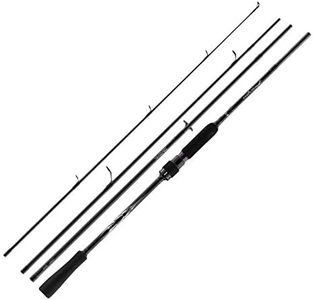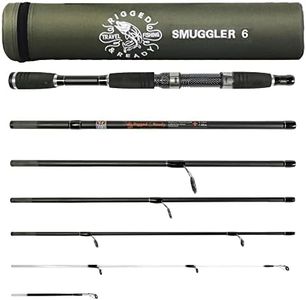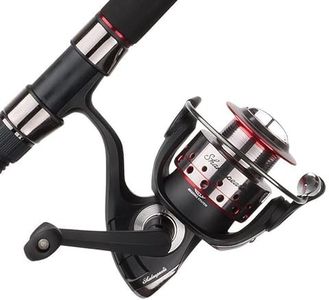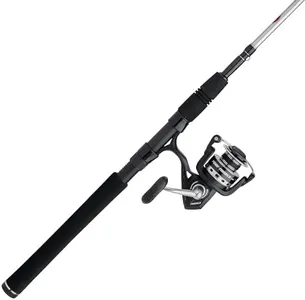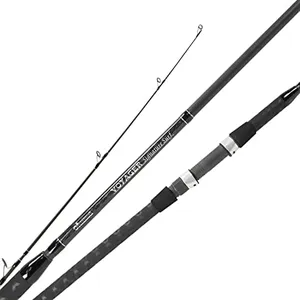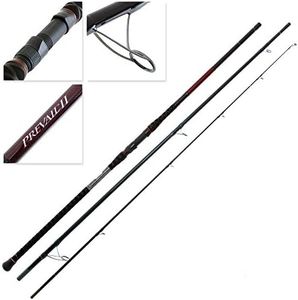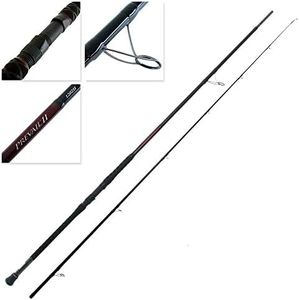We Use CookiesWe use cookies to enhance the security, performance,
functionality and for analytical and promotional activities. By continuing to browse this site you
are agreeing to our privacy policy
10 Best Travel Rods
From leading brands and best sellers available on the web.Buying Guide for the Best Travel Rods
When shopping for a travel rod, your goal is to find a fishing rod that is portable, convenient to carry, and suited to the type of fishing you plan to do on your trips. Travel rods are designed to break down into shorter sections, making them easier to pack in luggage or a backpack. To pick the best travel rod for your adventures, it's important to understand the main features and specifications, as these will determine how well the rod fits your fishing style and the environments you'll encounter.Rod LengthRod length refers to the total length of the fishing rod when it's fully assembled. This is important because longer rods generally allow you to cast further, while shorter rods give you more control and are easier to maneuver in tight spots. Travel rods are available in various lengths, commonly ranging from about 5 to 8 feet. For those who plan to fish in small streams or tight spaces, a shorter rod is best suited. If you plan on surfcasting or covering more water, a longer rod might be the right choice. Consider where you'll be fishing most often to guide your choice.
Number of PiecesThe number of pieces indicates how many sections the travel rod breaks down into for transport. More pieces usually mean the rod is more compact and easier to pack, but too many segments can sometimes compromise strength or sensitivity. Most travel rods come in anywhere from 2 to 6 pieces. If portability is your primary concern, go for rods that break into more sections. If you prioritize performance and fishing feel, fewer pieces might be better, though modern rods balance these needs well.
Rod MaterialRod material affects weight, sensitivity, and durability. The main materials are fiberglass, graphite (carbon fiber), or composites. Fiberglass rods are more rugged and flexible, making them suitable for beginners or rough use, but they can be heavier. Graphite rods are lighter and more sensitive, good for detecting bites, but may be more fragile. Composites aim to blend the best of both. If you want lightweight and high sensitivity for catching elusive fish, look for graphite or composite rods. If you want robustness for travel and varied conditions, fiberglass may be preferable.
Action and PowerAction describes how much the rod bends when you apply pressure, while power indicates how much force is needed to bend the rod. Fast action rods bend mostly at the tip, making them sensitive and good for quick hook sets, whereas slow action rods bend throughout the length for a more forgiving feel. Power ranges from ultralight (for small fish) to heavy (for large fish). Match action and power to your target fish: for small freshwater fish, a light or ultralight rod with moderate action is suitable, but for larger saltwater species, medium to heavy power with faster action will serve you well.
Reel CompatibilityReel compatibility refers to whether the travel rod is designed to work with spinning or baitcasting reels. Spinning rods are easier for most users and are generally more forgiving, making them a good choice for beginners or those targeting smaller fish. Baitcasting rods can offer more control and accuracy but take more skill to use. Consider your experience level and preferred fishing techniques when selecting a rod type.
Pack SizePack size is the length of the rod when disassembled. This is crucial because it determines how easy it is to fit the rod into your luggage or backpack. Some rods can pack down to less than two feet, making them ideal for airline travel or hiking. If travel convenience is your top priority, choose a rod with the smallest pack size that still meets your fishing needs.
